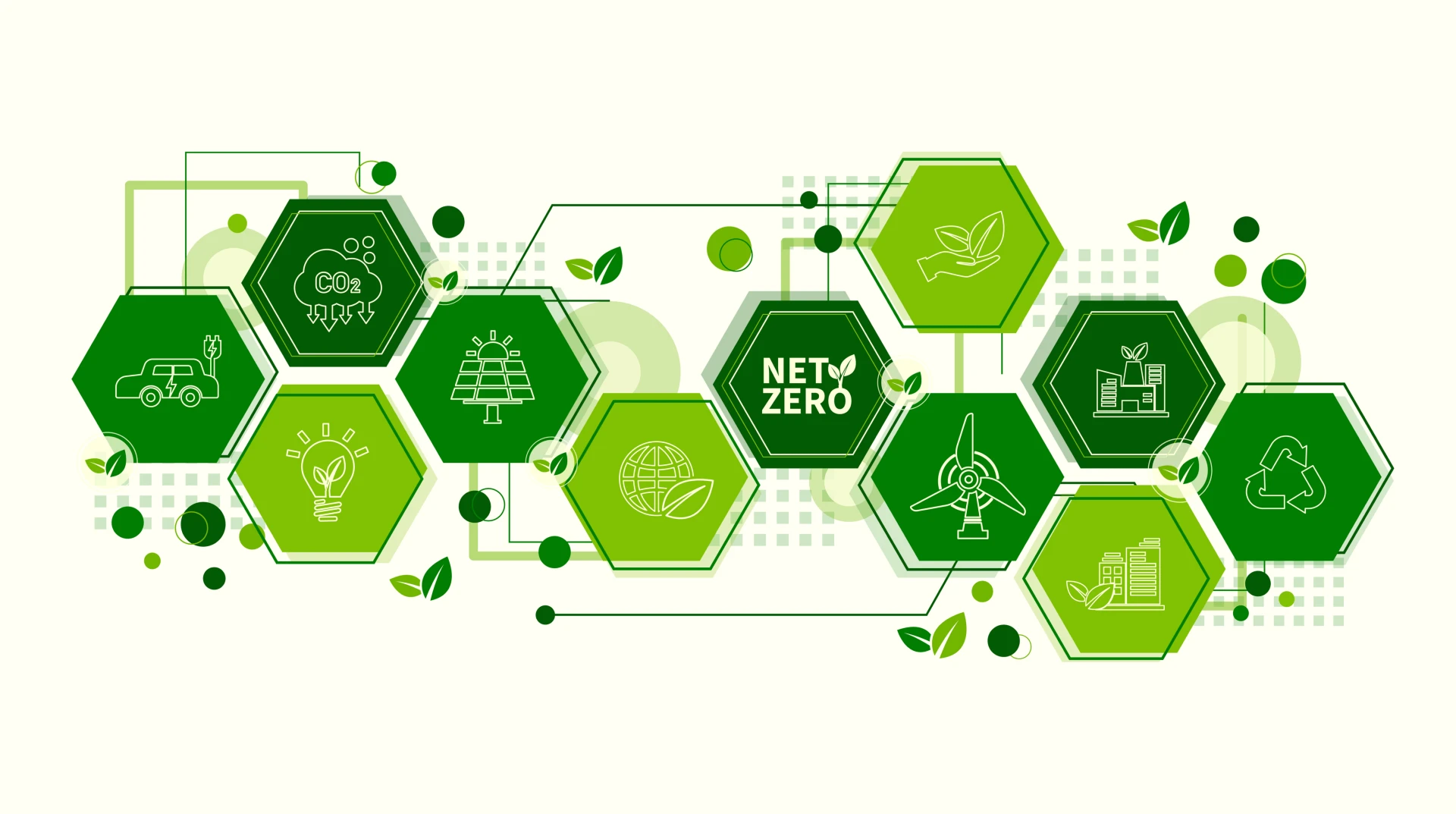Are you interested in exploring the concept of Net Zero MEP (Mechanical, Electrical, and Plumbing) buildings? These structures represent a significant step forward in sustainable architecture, aiming to minimize their carbon footprint and energy consumption. In this blog, we’ll delve into what Net Zero MEP buildings are, their benefits, challenges, and how they contribute to a more sustainable future.
Understanding Net Zero MEP Buildings
At its core, a Net Zero MEP building is a structure that produces as much energy as it consumes on an annual basis, thus achieving a net-zero energy balance. This goal is accomplished through a combination of energy-efficient design, renewable energy generation, and advanced MEP systems integration.
Key Components and Strategies
- Energy-Efficient Design: Net Zero MEP buildings prioritize energy efficiency from the initial stages of design. This includes optimizing building orientation, maximizing natural daylighting, and employing high-performance building envelopes to minimize heat loss or gain.
- Advanced MEP Systems: The mechanical, electrical, and plumbing systems within Net Zero MEP buildings are carefully designed to minimize energy consumption while maintaining optimal comfort and functionality. This may involve the use of energy-efficient HVAC systems, intelligent lighting controls, and water-saving fixtures.
- Renewable Energy Integration: To offset the remaining energy demand, Net Zero MEP buildings incorporate renewable energy sources such as solar photovoltaic panels, wind turbines, or geothermal heat pumps. These on-site generation systems harness natural resources to produce clean, renewable power.
Benefits and Impacts
The adoption of Net Zero MEP principles offers a multitude of benefits, both for building owners and the environment:
- Reduced Carbon Footprint: By eliminating or offsetting energy consumption from non-renewable sources, Net Zero MEP buildings significantly reduce greenhouse gas emissions, helping combat climate change.
- Lower Operating Costs: Although initial construction costs may be higher, the long-term operational savings of Net Zero MEP buildings are substantial, thanks to reduced utility bills and maintenance expenses.
- Enhanced Occupant Comfort: Through precise control of indoor environmental conditions, such as temperature, humidity, and air quality, these buildings provide superior comfort and well-being for occupants.
- Leadership in Sustainability: Net Zero MEP buildings showcase a commitment to environmental stewardship and innovation, setting a precedent for sustainable construction practices within the industry.
Challenges and Considerations
While the benefits of Net Zero MEP buildings are compelling, they are not without their challenges:
- Upfront Costs: The initial investment required to design and construct Net Zero MEP buildings can be higher than conventional buildings, posing a barrier to widespread adoption.
- Technical Complexity: Achieving net-zero energy balance demands meticulous planning and integration of various systems, requiring specialized expertise and coordination among stakeholders.
- Performance Monitoring: Continuous monitoring and optimization are essential to ensure that Net Zero MEP buildings maintain their energy-efficient performance over time, requiring ongoing commitment and resources.
Future Trends and Opportunities:
As we stand at the forefront of a sustainable revolution in the construction industry, the trajectory of Net Zero MEP (Mechanical, Electrical, and Plumbing) buildings is poised to shape the future of architecture and engineering. With a steadfast commitment to reducing carbon emissions and enhancing energy efficiency, these innovative structures are paving the way for a more sustainable built environment. Looking ahead, several emerging trends and opportunities are set to further propel the advancement of Net Zero MEP buildings:
1.Integration of Smart Technologies
The convergence of building automation, Internet of Things (IoT) sensors, and artificial intelligence (AI) presents unprecedented opportunities for optimizing the performance of Net Zero MEP buildings. By leveraging real-time data and predictive analytics, smart technologies can enhance energy management, identify inefficiencies, and improve occupant comfort and productivity.
2.Decentralized Energy Systems
The decentralization of energy generation and distribution holds promise for enhancing the resilience and sustainability of Net Zero MEP buildings. Renewable energy sources, such as solar photovoltaics, wind turbines, and microgrids, can provide on-site power generation and storage, reducing reliance on centralized grids and fossil fuels.
3.Passive Design Strategies
Passive design principles, such as natural ventilation, daylighting, and thermal mass, will play an increasingly prominent role in Net Zero MEP buildings. By harnessing the inherent qualities of the built environment, passive strategies can minimize energy demand and enhance thermal comfort, particularly in temperate climates.
4.Circular Economy Practices
The adoption of circular economy principles presents opportunities to optimize resource utilization and minimize waste in Net Zero MEP buildings. Strategies such as material reuse, recycling, and cradle-to-cradle design can enhance resource efficiency, reduce environmental impact, and create more resilient and regenerative built environments.
5.Collaborative Design and Delivery
Integrated project delivery (IPD) and collaborative design processes will become more prevalent in the development of Net Zero MEP buildings. By fostering collaboration among architects, engineers, contractors, and stakeholders from the outset, IPD can streamline decision-making, optimize building performance, and accelerate project delivery while minimizing costs and risks.
6.Policy Support and Incentives
Government policies, regulations, and financial incentives will continue to play a critical role in driving the adoption of Net Zero MEP buildings. Supportive policies, such as energy codes, green building standards, tax credits, and grants, can incentivize investment in sustainable design and construction practices, accelerating market uptake and innovation.
7. Education and Capacity Building
Education and capacity building initiatives will be essential to empower professionals with the knowledge and skills needed to design, construct, and operate Net Zero MEP buildings effectively. Training programs, certification courses, and knowledge-sharing platforms can foster a culture of sustainability and innovation within the architecture and engineering communities.
Shaping a Sustainable Future
As the demand for sustainable buildings continues to rise, Net Zero MEP buildings stand at the forefront of a transformative shift towards a more resilient, energy-efficient, and environmentally responsible built environment. By embracing emerging trends and opportunities, stakeholders across the construction industry can collectively advance the adoption of Net Zero MEP principles, paving the way for a future where buildings not only consume less energy but also contribute to a more sustainable and prosperous society.


